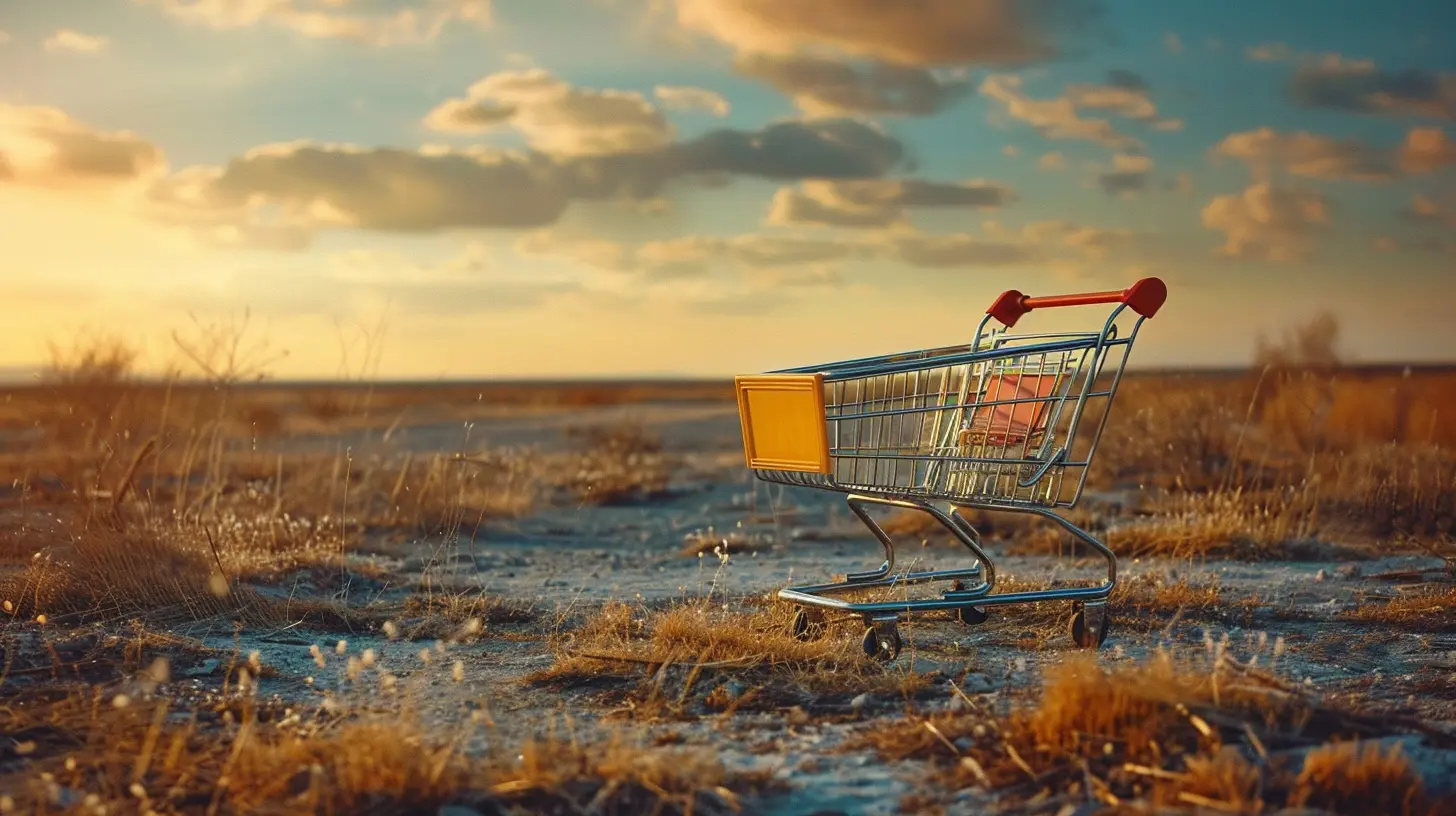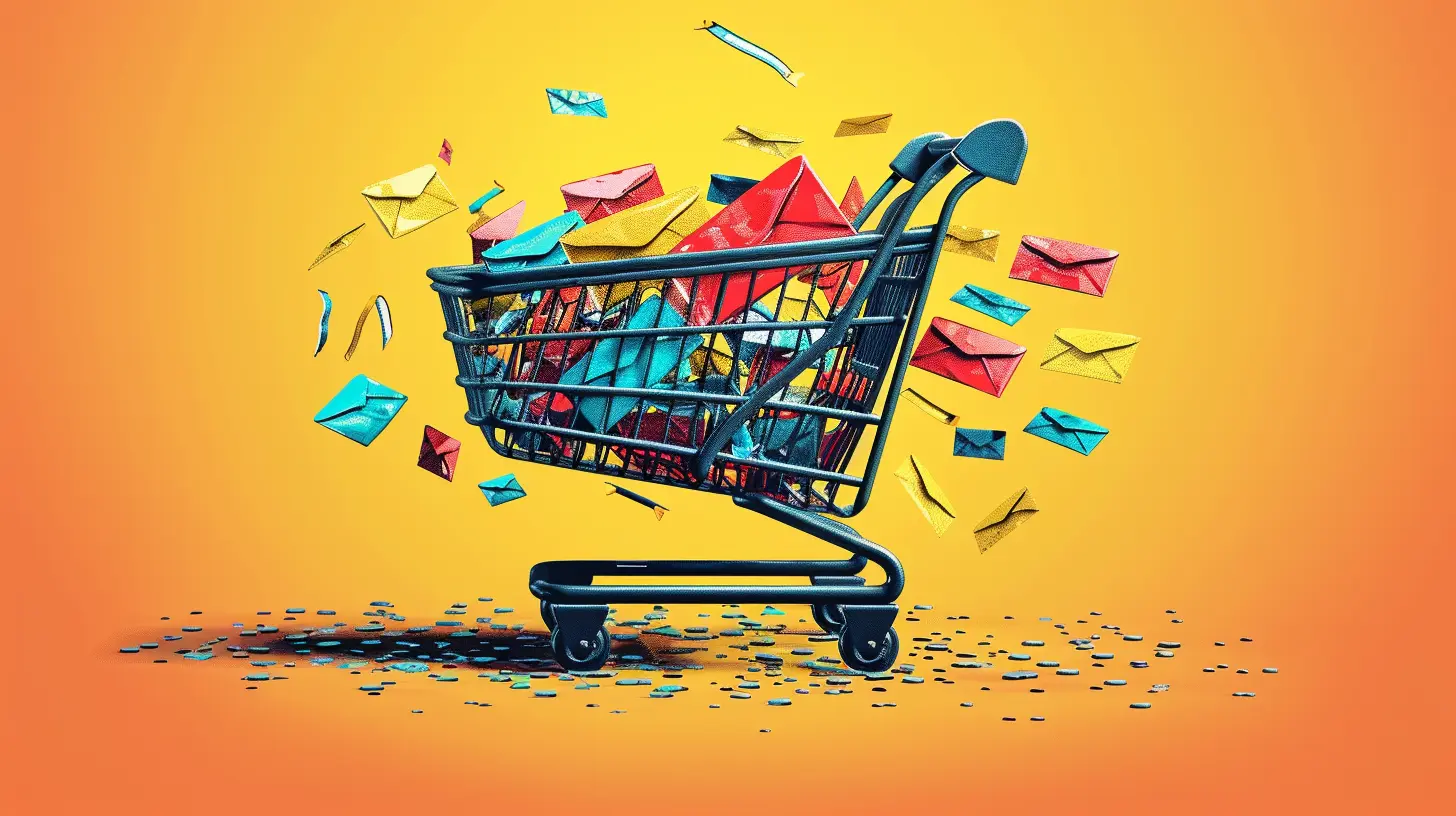How to Craft Effective Abandoned Cart Emails
8 July 2025
Shopping online is kind of like walking into a store, grabbing what you want, then walking out without paying. Sounds odd, right? But that’s exactly what happens when customers add items to their online shopping carts and vanish into thin digital air — no checkout, no confirmation, no sales. As an eCommerce business owner, this vanishing act is not just frustrating; it’s costly. The good news? Abandoned cart emails can be your secret weapon to win them back.
Let’s roll up our sleeves and dive into how to craft effective abandoned cart emails that rekindle interest, recover lost revenue, and nudge shoppers back to the checkout page.
What Is an Abandoned Cart Email Anyway?
Imagine this: someone walks into your store, picks up a bunch of items, heads to the checkout… then just drops everything and walks out. That’s cart abandonment in the online world. It happens when a shopper adds products to their cart but doesn’t complete the purchase.An abandoned cart email is like a gentle nudge — a friendly reminder that says, “Hey, you forgot something.” But if you do it right, it’s more than just a reminder. It’s a strategic tool to pull shoppers back in and convert missed opportunities into actual sales.
Why Shoppers Abandon Carts — And Why You Should Care
Before crafting the perfect email, it’s worth understanding the "why" behind cart abandonment. Here are some common reasons:- Unexpected shipping costs
- Complicated checkout process
- Needing more time to decide
- Price comparisons
- Payment security concerns
- Getting distracted (guilty as charged 🙋♀️)
Knowing the "why" helps you tailor your emails to speak directly to those concerns.
Fun fact: Studies show that about 70% of online shopping carts are abandoned. That’s a HUGE chunk of potential sales slipping through the cracks.
Here’s the Good News: You Can Win Them Back
Abandoned cart emails are your second shot at a first impression. According to research, nearly half of all abandoned cart emails get opened, and roughly 10% of those result in purchases.So yeah, the stakes are high, but the payoff is sweeter than fresh donuts on a Monday morning.
The Anatomy of a High-Converting Abandoned Cart Email
Sure, sending an email sounds simple — type a few words, hit send, and hope for the best. But if you really want to reel shoppers back in, your email needs to be crafted like a chef plating a gourmet meal. Every detail counts.Let’s break down the essential elements:
1. Subject Line That Stops the Scroll
The subject line is prime real estate. It's the storefront window that either invites someone in or sends them scrolling down their inbox. So, how do you make it pop?Keep it:
- Short and sweet
- Benefit-focused
- Slightly mysterious
Examples:
- “Forget something? 👀”
- “We saved your cart – but not for long…”
- “Still thinking it over? Your cart misses you!”
Pro tip: Emojis can add spice but don’t go overboard.
2. Personalized Greeting
No one likes reading emails that feel like mass-produced flyers. Start with their name if you can. “Hey Sarah, you left something behind” sounds way more intimate than “Dear Valued Customer.”3. Visuals of Abandoned Items
Humans are visual creatures. Show them what they’re missing! Include images of the items they left behind — seeing that killer pair of boots or the perfect coffee maker can reignite that buying impulse.4. Compelling Copy That Connects
This is where you work your magic. Your copy should do three things:- Remind them what they left behind
- Address potential objections (e.g., shipping, price)
- Create urgency
Try something like:
> “We noticed you checking out that stylish leather backpack. Just a heads-up — it’s almost sold out. You’ve got great taste, and we’d hate for you to miss out!”
Notice how it’s friendly, urging, and solution-oriented? That’s what you want!
5. Clear Call to Action (CTA)
Honestly, without this, your email’s just a pleasant note. Make sure your CTA stands out. Use action-driven language and keep it simple.Examples:
- “Return to Your Cart”
- “Complete Your Purchase”
- “Grab It Before It’s Gone”
Bonus tip: Add the button in multiple places — top, middle, and bottom — so it’s easily accessible.
Timing Is Everything: The Best Time to Send Abandoned Cart Emails
One abandoned cart email is good. A series? Even better.🕒 First email: 1–2 hours after abandonment. Catch them while it’s still fresh in their mind.
🕒 Second email: 24 hours later. Give them a bit of space, then circle back.
🕒 Third email: 48–72 hours. This is your “last chance” reminder — play the urgency card here.
You can automate this entire sequence with most email marketing platforms (like Klaviyo, Mailchimp, or Omnisend), so you set it once and let it run.
Add a Little Extra: Incentives, Scarcity & Social Proof
Sometimes a gentle nudge needs a little sprinkle of encouragement. Here’s how to make your abandoned cart emails irresistible:Offer a Discount or Free Shipping
Sometimes, that extra $5 for shipping is what scared them off. Consider offering:- 10% off their order
- Free shipping
- A small bonus item
But don’t jump to discounting right away — try at least one email without an offer to protect your margins.
Scarcity and Urgency
People hate missing out. Phrases like:- “Only 2 left in stock”
- “Sale ends in 12 hours”
- “Other customers are eyeing this item”
... create FOMO and nudge people into action.
Social Proof
Mention popular items or add testimonials. If someone else loved the product, it might just convince the hesitant buyer.Example:
> “Our customers are loving the CozyCloud Blanket — it’s been rated 4.8 stars by over 1,500 satisfied sleepers!”
Bonus Tips to Optimize Your Abandoned Cart Emails
Keep It Mobile-Friendly
Most people check emails on their phones. Make sure your design is responsive, fast-loading, and easy to tap.Test, Tweak, Repeat
A/B test subject lines, CTAs, images, and send times. Data doesn’t lie, and a tiny change might give you a huge bump in conversions.Don’t Be Annoying
Three follow-up emails are plenty. More than that, and you risk turning a potential buyer into an unsubscribed one.Use Humor (When Appropriate)
If your brand voice allows it, a touch of humor can make your email stand out. Just don’t overdo it — jokes should never cloud clarity.Real-Life Example: The Ethical Brand Approach
Let’s say you run an eco-friendly skincare brand. Here’s what a solid abandoned cart email might look like:- Subject line: “Oops! Your Glow Kit is waiting 🌿”
- Header image: Product photo of the kit
- Body copy:
> “We noticed your cart still has our bestselling Glow Kit. We’re all about reducing waste — and that includes digital abandonment 😉
>
> Good news: we’ve saved your cart for 48 hours. Even better? We’re offering free shipping if you check out today!”
- CTA Button: “Claim Your Glow”
It’s simple, on-brand, and effective.
The Bottom Line? Make Every Cart Count
Getting someone to visit your site is hard. Getting them to add items to their cart? Even harder. So when they walk away without buying, it stings — but it doesn’t have to be the end.Think of abandoned cart emails as your chance to say, “Hey, we see you. We know life gets busy, but we’ve got something you’ll love, and it’s still waiting for you.”
Craft them well, personalize them, layer in smart incentives, and keep refining your approach. Done right, they can turn lost sales into loyal customers.
Ready to Bring Those Shoppers Back?
Don’t let those almost-sales slip away without a fight. Start crafting abandoned cart emails that show personality, add value, and gently coax your customers back. Every email is a chance to connect, convert, and cash in.Remember: It’s not just about closing a sale. It’s about building trust, providing solutions, and turning one-time visitors into loyal fans.
Now go get those carts rolling.
all images in this post were generated using AI tools
Category:
Email MarketingAuthor:

Rosa Gilbert
Discussion
rate this article
1 comments
Tank Sharpe
Timely reminders boost recovery of lost sales.
July 15, 2025 at 3:56 AM

Rosa Gilbert
Absolutely, timely reminders can significantly enhance recovery rates by re-engaging customers and prompting them to complete their purchases.


